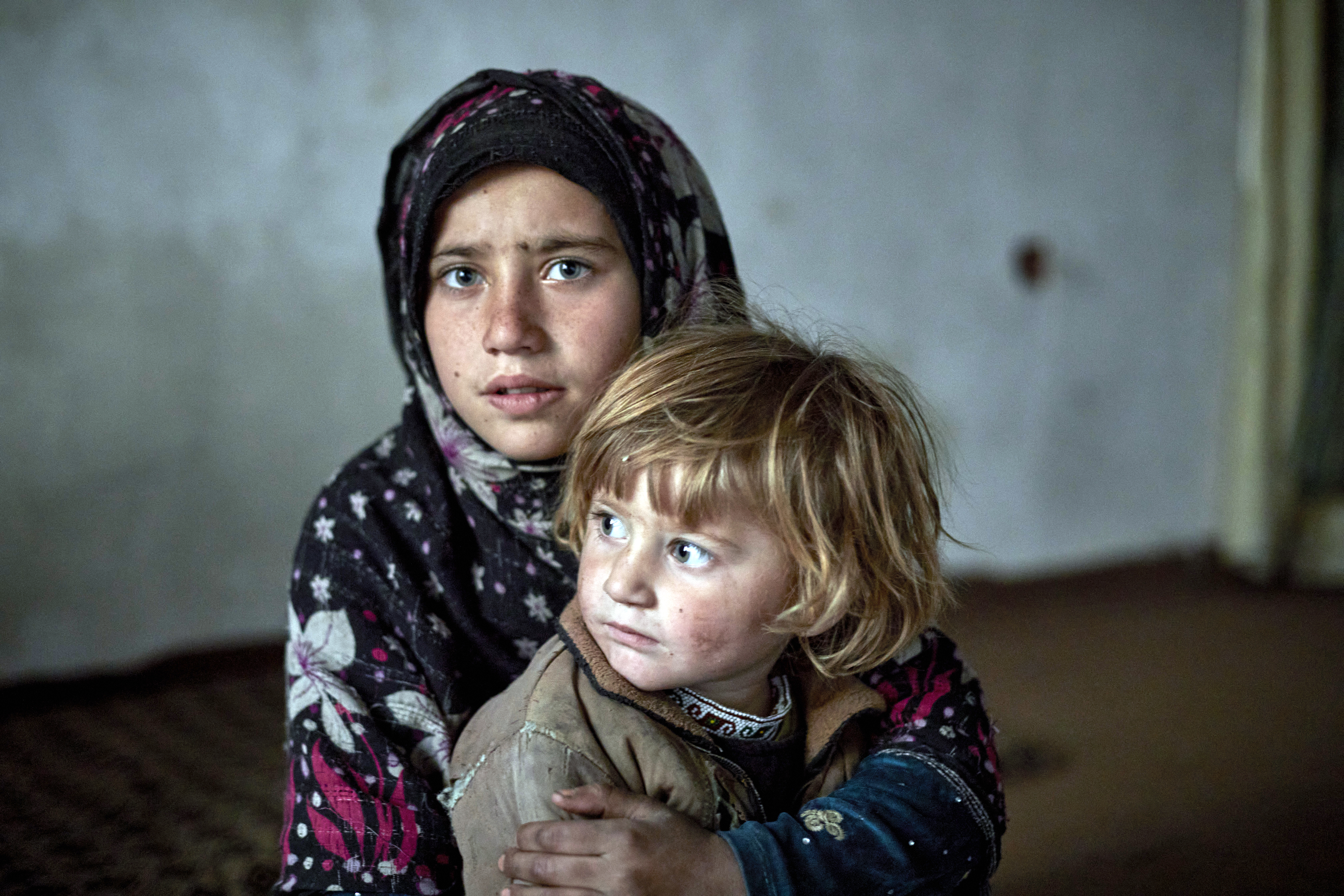Ongoing Myanmar conflict traps villagers in crossfire
Ongoing Myanmar conflict traps villagers in crossfire

MYITKYINA, Myanmar, Oct 28 (UNHCR) - Htoi Pan vividly recalls the moment when the fighter jets streaked across the sky over her village in northern Myanmar, piercing the calm of that late June morning.
A former resident of Sumprabum in Kachin state, Htoi Pan, in her 20s, and her neighbours were aware what the sights and sounds of war meant -- their village had become the latest frontline in the country's renewed internal conflict.
"If there had been just one explosion, we wouldn't have been so shocked. It happens sometimes [when landmines go off]," she said. "But as soon as we heard a series of explosions and then the rattling of gunfire, we knew that something was wrong."
Since a 17-year-old ceasefire between the Kachin Independence Army and the Myanmar armed forces fell apart in 2011, the two sides have clashed frequently across Kachin State in the country's northeast. Among those displaced by the fighting are around 1,200 villagers whose wellbeing is of particular concern to UNHCR.
To escape the fighting, Htoi Pan*, her husband and their young children fled into the jungle with their neighbours. They returned a few days later after assurances that the fighting had stopped, only to take off again after gun battles and airstrikes resumed two weeks later.
Their flight coincided with the wet season in Myanmar. Constant downpours made it hard for Htoi Pan's young family to stay warm and dry. "We had to chop trees to make flooring to sleep on, and then put a tarpaulin on top to cover ourselves," she explained.
The young family were able to leave the area and reach the safety of a camp for internally displaced people (IDP) in the Kachin capital of Myitkyina. But almost four months after the June clashes, many have been less fortunate and are now facing an increasingly desperate situation.
Unable to leave the jungle area where they have sought safety, they are in dire need of emergency shelter, food and medicine. Initial reports suggest that some 40 per cent of the trapped population are children under the age of 15.
Ma Naw *, a young man who spoke to UNHCR, described having to flee through "the jungle route" in order to avoid detection by combatants. He was the only person in his immediate family to have been able to undertake the difficult journey, which involved a long trek through the jungle as well as boat and bus rides. His parents and relatives remain in the area.
"We are extremely concerned for the civilians displaced by the fighting in Sumprabum, particularly as they include vulnerable individuals such as women, children, the elderly and those with medical conditions and disabilities. They urgently need humanitarian assistance," said Giuseppe de Vincentiis, UNHCR Representative in Myanmar.
"As sporadic clashes continue, we urge all parties to ensure the protection of civilians and renew our appeal for humanitarian access to be granted so that these displaced people can be provided with life-saving assistance and basic services," de Vincentiis added. UNHCR and fellow humanitarian organisations, both local and international, have yet to be officially given permission to access the population and deliver emergency aid.
By Kasita Rochanakorn in Myitkyina, Myanmar
*Names have been changed for protection reasons.








